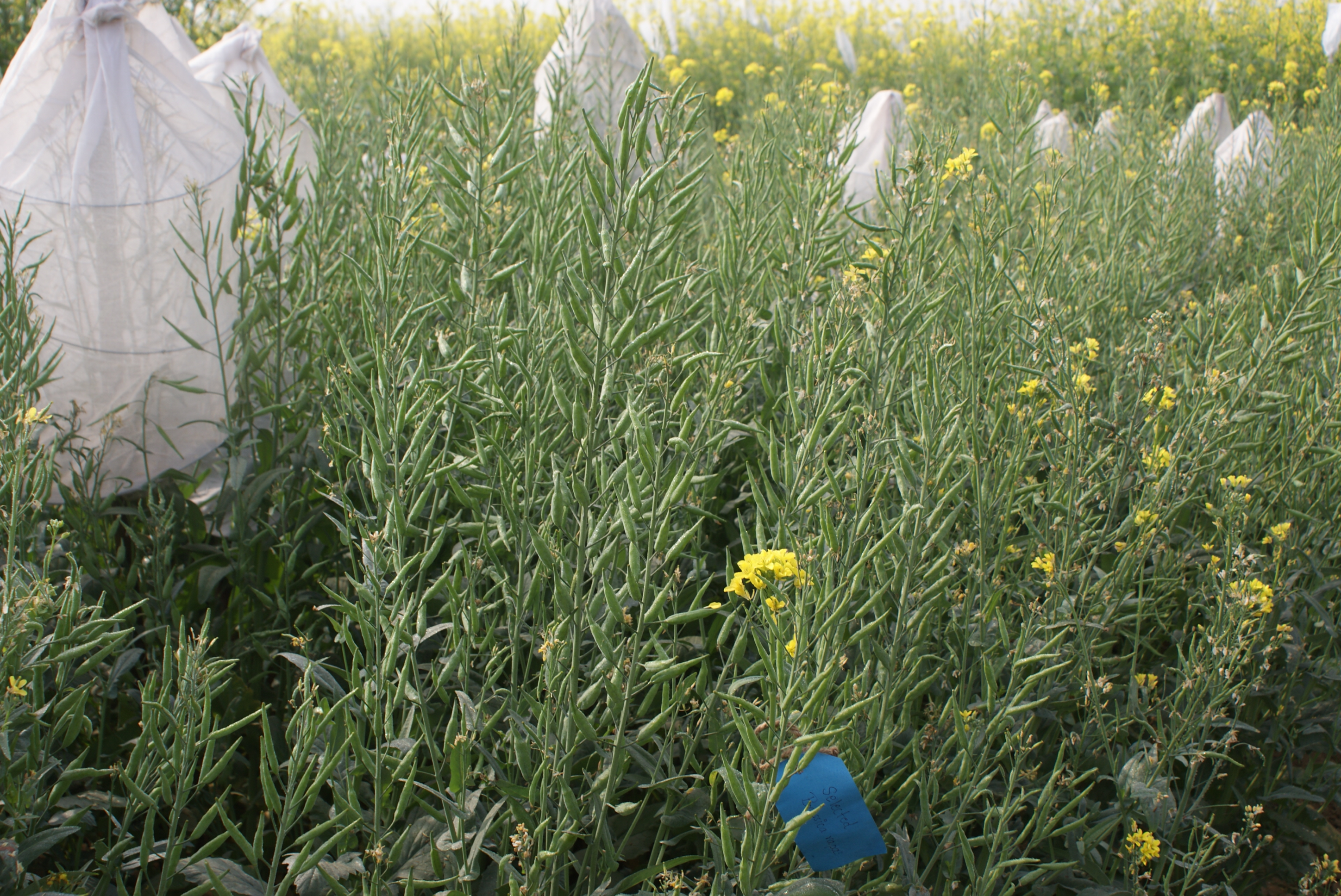

The "MustardFamilyExplorer" is an online platform that provides a comprehensive repository of genetic and varietal information for rapeseed (canola) and mustard crops. This portal serves as a valuable resource for researchers, breeders, farmers, and enthusiasts interested in exploring and utilizing the genetic diversity and variability within these essential oilseed crops.
Rapeseed (also known as Toria) and mustard stand as the world's third most significant edible oilseed crops, following soybean and oil palm. These crops belong to the Brassicaceae family (formerly known as Cruciferae). The oil content within the seeds ranges from 37% to 49%. The seeds and the extracted oil find usage as condiments, playing a crucial role in the preparation of pickles, curries, and various vegetable dishes. Additionally, they have applications in hair oils, medicines, and even the production of greases.
The residual cake after oil extraction holds value as both animal feed and natural fertilizer. Furthermore, the tender leaves of young plants serve as a nutritious source of green vegetables, while the green stems and leaves make for excellent fodder for cattle. In the tanning industry, mustard oil is recognized for its utility in the softening of leather.

The “Triangle of U” is a theory that explains the evolution of Brassica genus very nicely (Figure below). The theory states that the genomes of three ancestral diploid species of Brassica combined to create three common tetraploid vegetables and oilseed crop species. It has since been confirmed by studies of DNA and proteins.
Mustard varieties showcase a wide array of biotic and abiotic stress resistance mechanisms that are vital for their survival and productivity in diverse environmental conditions. Breeding programs often focus on enhancing these traits to develop improved varieties that can thrive in challenging environments while maintaining high yield and quality.
| Stress/Situation | Variety |
| Biotic Stress | |
| Aphid Tolerance | RH 7847, RH9006, Awar842, RW2-2, T 6342 |
| Alternaria blight tolerance | Saurabh (RH 8113) |
| White Rust tolerance | RH8545,RH8546 |
| Abiotic Stress | |
| Salt Tolerant | Narendera rai(NDR 8501CS52) |
| Frost tolerant | RH781,RH7361,Candelbelespan, |
| Drought tolerant | RH781,RH7361,RH819 |
| Other Traits | |
| Shattering resistant | RH30,Pusa Bold |